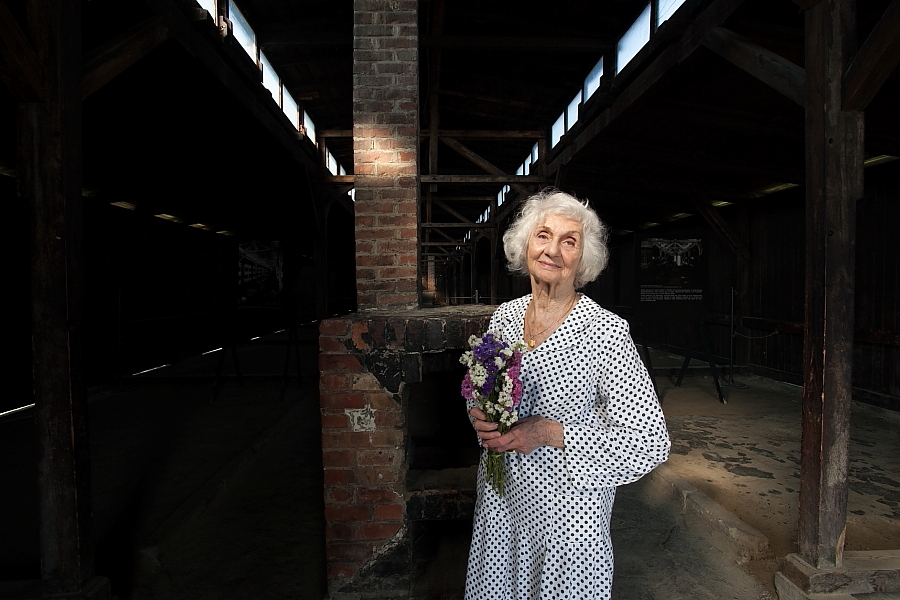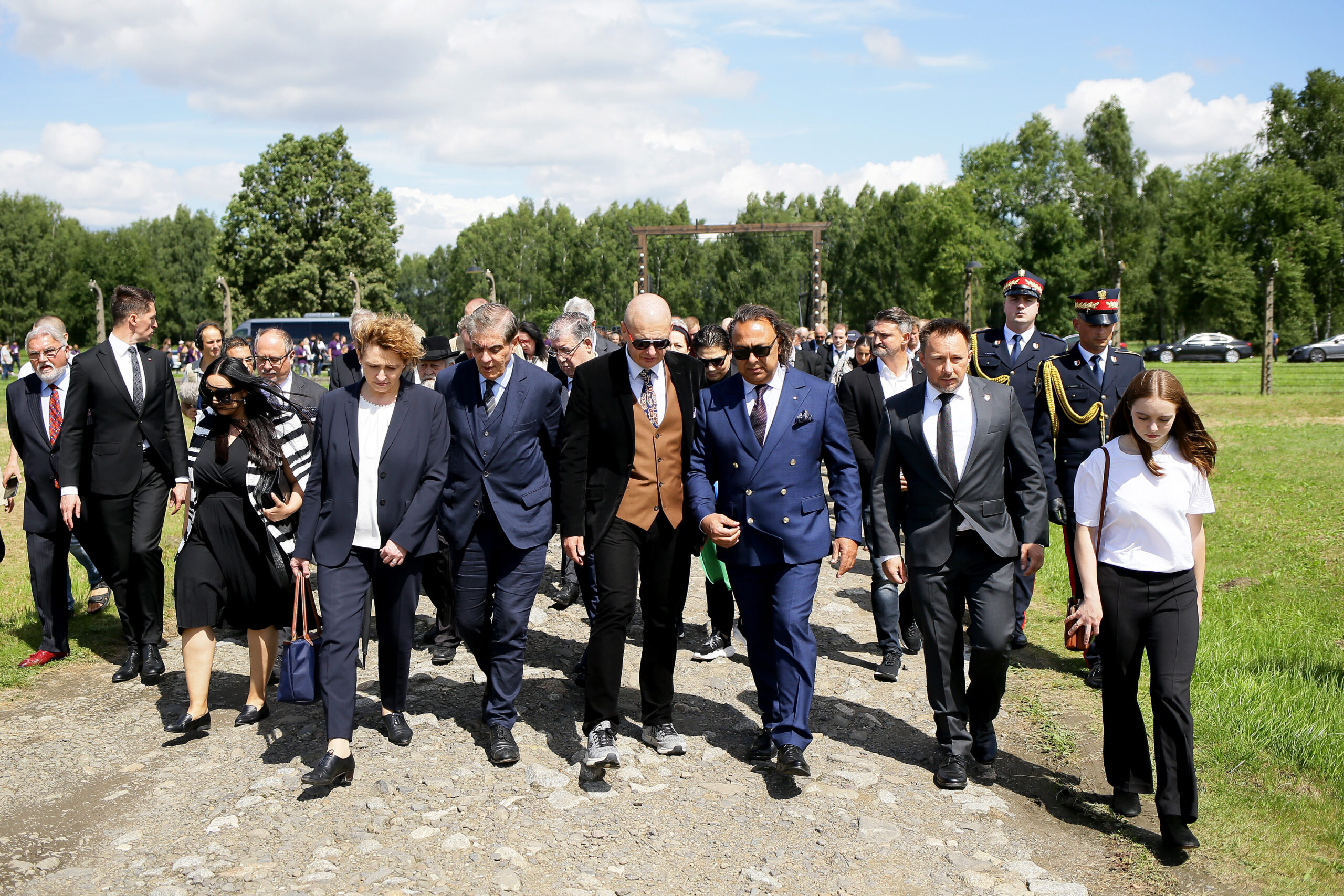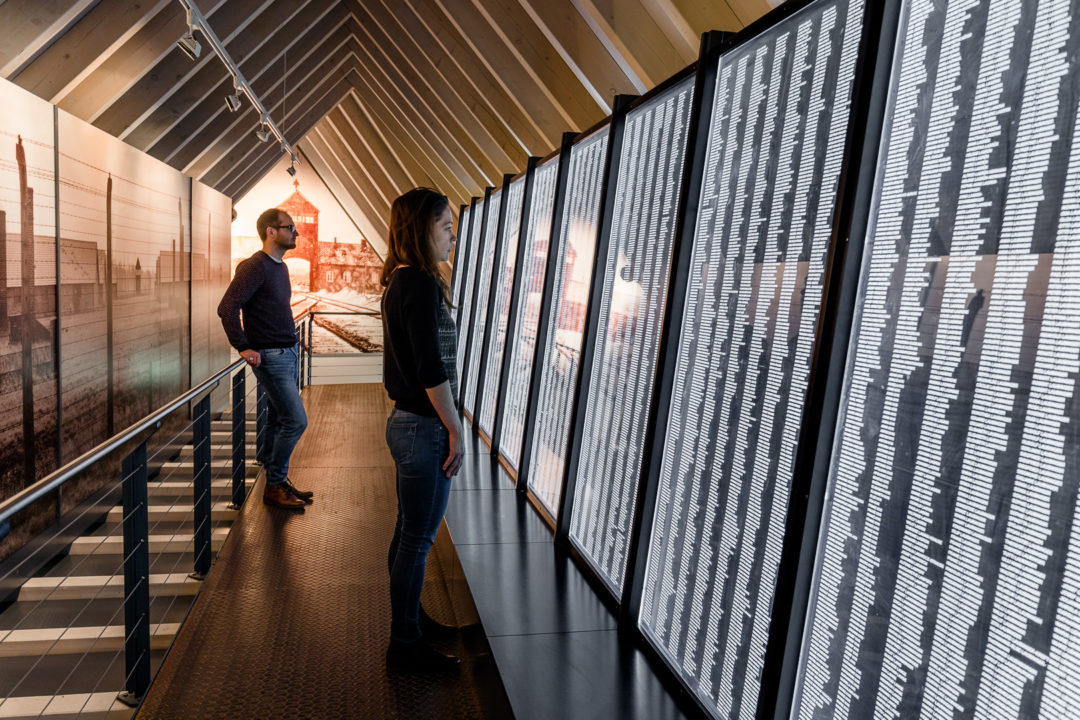Permanent Exhibition Heidelberg
Temporary Exhibitions Heidelberg
Permanent Exhibition Auschwitz Memorial
Portable Exhibition on the Holocaust
45 Years Civil Rights Movement
On March 16, 1997, the newly opened Documentation and Cultural Center of German Sinti and Roma presented an exhibition documenting the Nazi genocide of the minority for the first time to the public. At that time, the Nazi policy of extermination against the Sinti and Roma had largely been excluded from both the historical narrative as well as the memorial work. The newly founded Heidelberg Center set itself the task to bring about a change in thinking here. Since then, exhibitions have been an important means for the Center’s public relations work – both nationally and internationally.
On August 2, 2001, the Documentation Center opened the first permanent exhibition documenting the Nazi genocide of the Sinti and Roma at this central site of the crime in Block 13 at the former ʺmain campʺ in Auschwitz. Since then, new exhibitions have been conceived at many former sites of persecution in which the fate of the minority during the ʺThird Reichʺ is documented in an appropriate manner. Sites of historical remembrance have been created in many places.
Throughout Germany and Europe, the Documentation and Cultural Center provides loanable exhibitions on the European genocide and the civil rights movement of the German Sinti and Roma with the accompanying Internet portal sintiundroma.org. With its diverse exhibitions on the Nazi genocide and the civil rights work of the German Sinti and Roma, the Documentation Center reaches more than 65 000 visitors a year – in Heidelberg, at the Auschwitz Memorial, and on a rotating basis in numerous cities in Germany and Europe.





